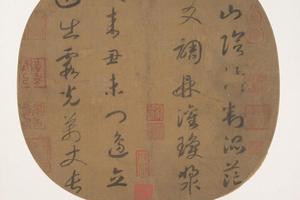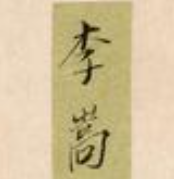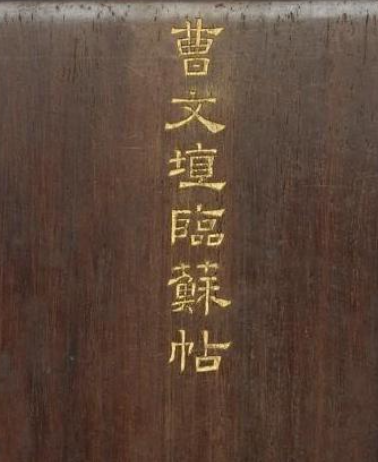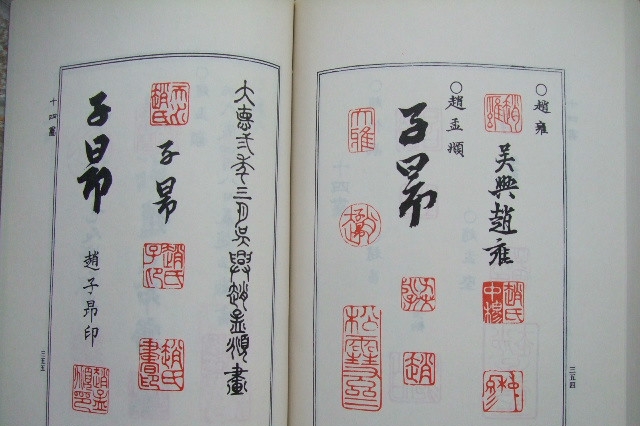找回密码
验证码错误或已过期
赵构
高宗千文册 03
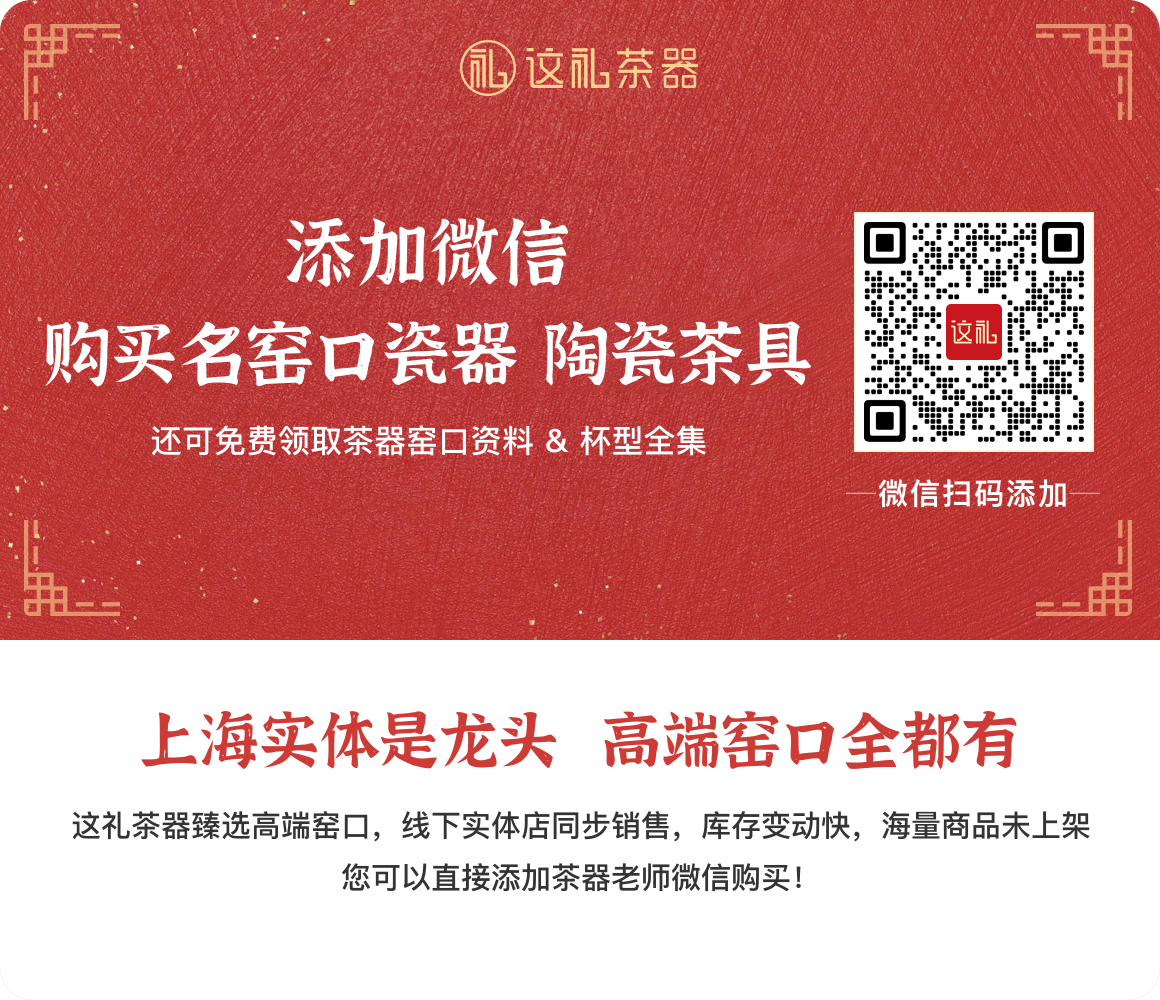
高宗千文册 03
-
作者
-
分类未分类
-
创作年代
高宗千文册 03 简介
38.5x43.6,,,,台北故宫博物院。参考资料:石渠宝笈初编(养心殿),上册,页460
参考资料:故宫书画录(卷三),第一册,页22
参考资料:故宫历代法书全集,第十册,页112-135、207-208
参考资料:此作书于朱丝栏纸本上,《石渠宝笈》定为宋高宗书,然应为御书院书家所书,写于绍兴二十三年(1153)。此册避讳处甚多,例如第六行「敬」字缺末笔,乃是避宋太祖赵匡胤之祖父赵敬。全册线条粗细变化明显,颇类〈集字圣教序〉,用笔亦皆精熟流畅,结体略偏瘦长,字形优美,带有浓厚的古典气息,反映出宋高宗所提倡的复古书风。
参考资料: The authors of the Qing dynasty imperial catalogue Treasured Boxes of the Stone Moat (Shiqu baoji) attributed this work on red-lined paper to the Song emperor Gaozong (personal surname Zhao). Done in 1153, it appears instead to have come from the hand of a member of his Calligraphy Academy. The calligrapher observed many taboo characters in this album, including “jing 敬” in the sixth line that is missing its last stroke. This observes the taboo character in the personal name of Zhao Jing, the grandfather of Zhao Kuangyin (the founding emperor of the Song dynasty, Taizu). The lines throughout the album reveal clear distinctions in thickness similar to those in “Preface of Collected Characters for the Sacred Teaching.” The brushwork here is also adept and fluid, while the character forms are slightly thin and elongated. The elegant characters are also strongly archaic, reflecting the revivalist calligraphy promoted by Emperor Gaozong.
参考资料:千字文相传起于南北朝之际,代代流传下来,除了作为童蒙阶段识字教本之外,同时与书艺结下不解之缘。此册行书千文,文后详明书写年代、地点,却未见书者具名,从结体、笔法均与唐怀仁〈集王书圣教序〉相近看来,作者当属绍兴年间御书院中任职人员。由于宋人讲求避讳,其中一部分字目书写时因而阙略笔画,或者用其他字目代替,文句于是与常见的千文内容稍有不同。(20101015)
参考资料: The “Thousand-Character Essay” began circulating in the interval between the Northern and Southern Dynasties. Passed down through the generations, it not only was used as a primer for instructing children, it also has been closely associated with the art of calligraphy. This album version of the essay in running script has a specific date (1153) and place of production indicated at the end, but no name of the calligrapher.
Judging from the similarity of the character structure and brushwork to Huairen’s “Collected Wang [Xizhi] Characters for the Sacred Teachings Preface” of the Tang dynasty, the calligrapher here probably served in the Imperial Calligraphy Academy of the Shaoxing era under Emperor Gaozong. Since taboo characters were observed in the Song dynasty, a stroke in part of such a character would be omitted by the calligrapher or another character substituted, resulting in the contents here being slightly different from the “Thousand-Character Essay” commonly seen.(20101015)
参考资料:1.〈宋御书院书千字文〉,收入何传馨、陈阶晋、侯怡利主编,《五体千字文选辑》(台北:国立故宫博物院,2010年六月出版一刷),页27。
2.何炎泉,〈千字文概论〉,收入何传馨、陈阶晋、侯怡利主编,《五体千字文选辑》(台北:国立故宫博物院,2010年六月出版一刷),页176-188。
3.王竞雄,〈千文〉,收入何传馨主编,《文艺绍兴:南宋艺术与文化‧书画卷》(台北:国立故宫博物院,2010年十月初版一刷),页342-343。
赵构 简介
(1107—1187年),宋朝第十位皇帝,即宋高宗,字德基,在位35年,南宋开国皇帝,宋徽宗赵佶第九子,宋钦宗赵桓异母弟,母显仁皇后韦氏。
绍兴三十二年(1162年)禅位于皇太子赵眘,被尊为光尧寿圣宪天体道性仁诚德经武纬文绍业兴统明谟盛烈太上皇帝。淳熙十四年(1187年)卒,是中国历史上少有的长寿帝王之一,谥号曰圣神武文宪孝皇帝,庙号高宗。光宗绍熙二年(1191年),加谥受命中兴全功至德圣神武文昭仁宪孝皇帝。
他在位时,迫于形势起用岳飞、韩世忠等大将抗金,但大部分时间仍重用主和派的黄潜善、汪伯彦、王伦、秦桧等人,后来甚至处死岳飞,罢免李纲、张浚、韩世忠等主战派大臣。
赵构精于书法,善真、行、草书,笔法洒脱婉丽,自然流畅,颇得晋人神韵。著有《翰墨志》,传世墨迹有《草书洛神赋》等。
相关作品推荐

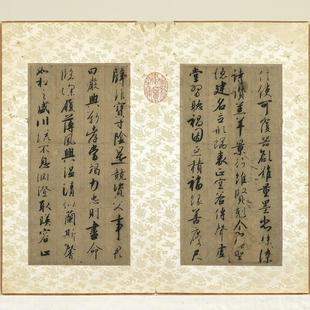
 赵构
赵构

